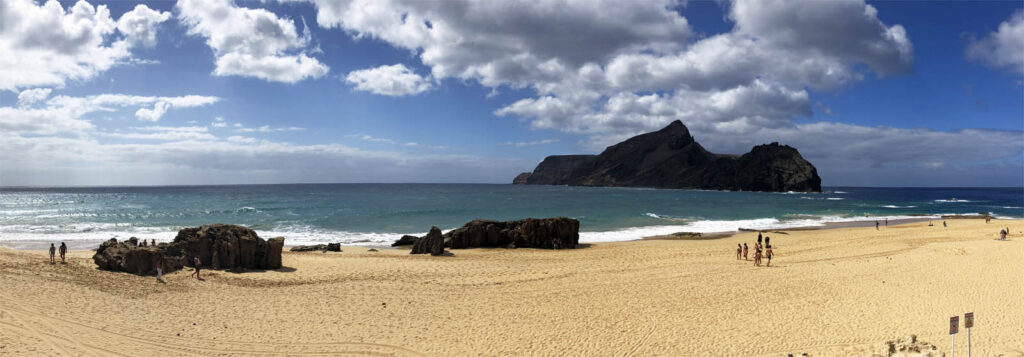
It is just over a week since our arrival in Porto Santo, just northeast of Madeira, but it has seemed so much longer as we explore these islands of many contrasts. Having dropped anchor and slept soundly, we pumped up the dinghy and ventured ashore. The island is only 11km long but 9km of the southern coast is a beautiful golden sandy beach with turquoise seas. There is a lovely town with whitewashed and colourful buildings where Christopher Columbus is reported to have lived – I suspect one of his many homes across the Atlantic islands. We stopped for lunch and were introduced to the local seafood specialty ‘limpets in garlic butter’ which we decided unanimously was definitely an acquired taste. I think our body language says it all! We even took an open topped bus tour of the island, with a crazy driver speaking Portuguese non-stop at about 100dB over the loud-speaker. He talked a lot but there were not many sights to see, and after three days of relaxing and enjoying some really good seafood dishes we decided to move on to Madeira.
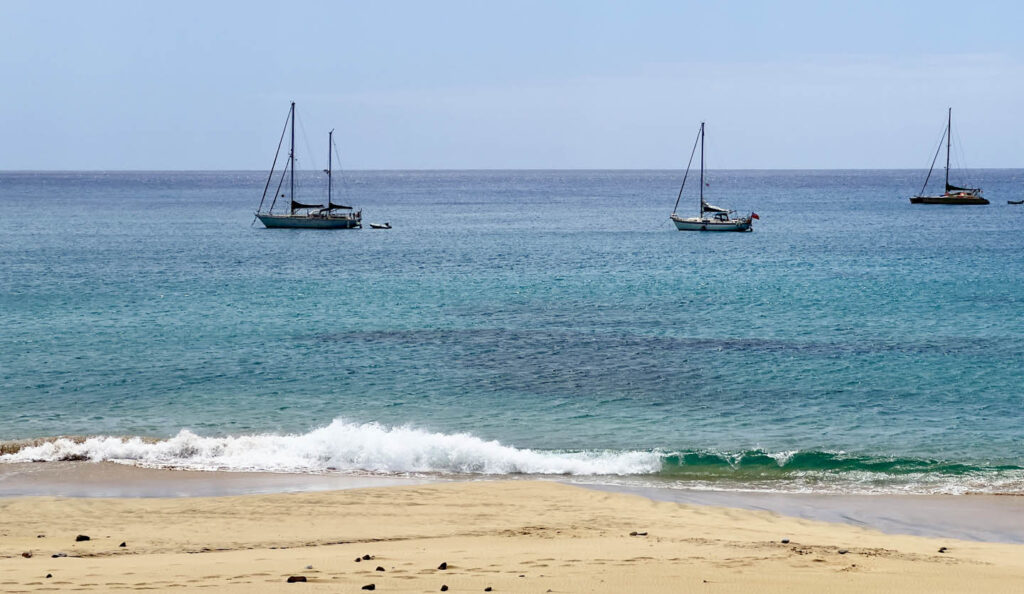
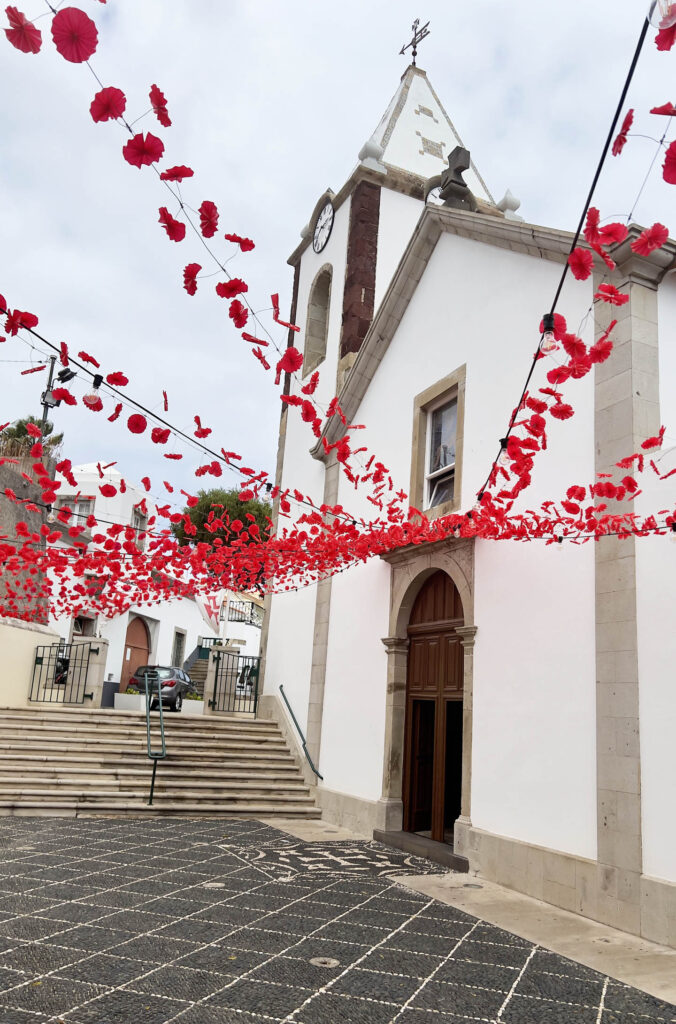
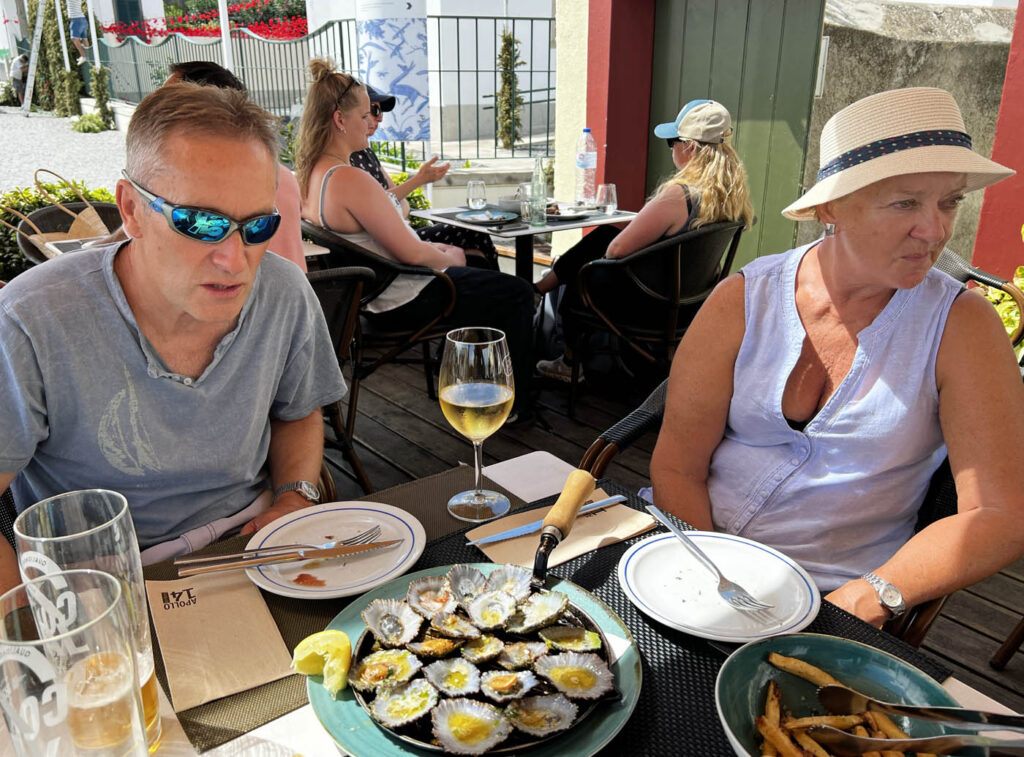
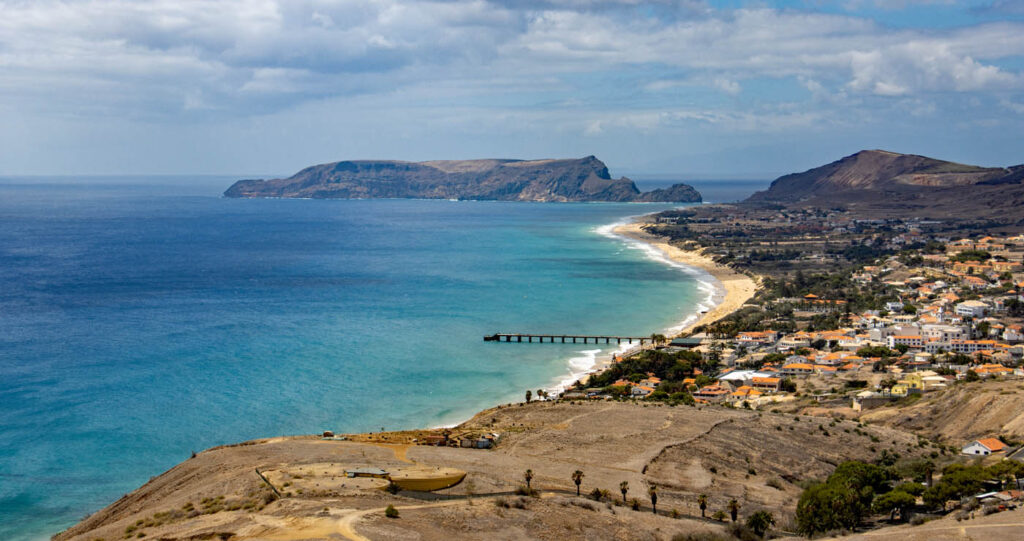
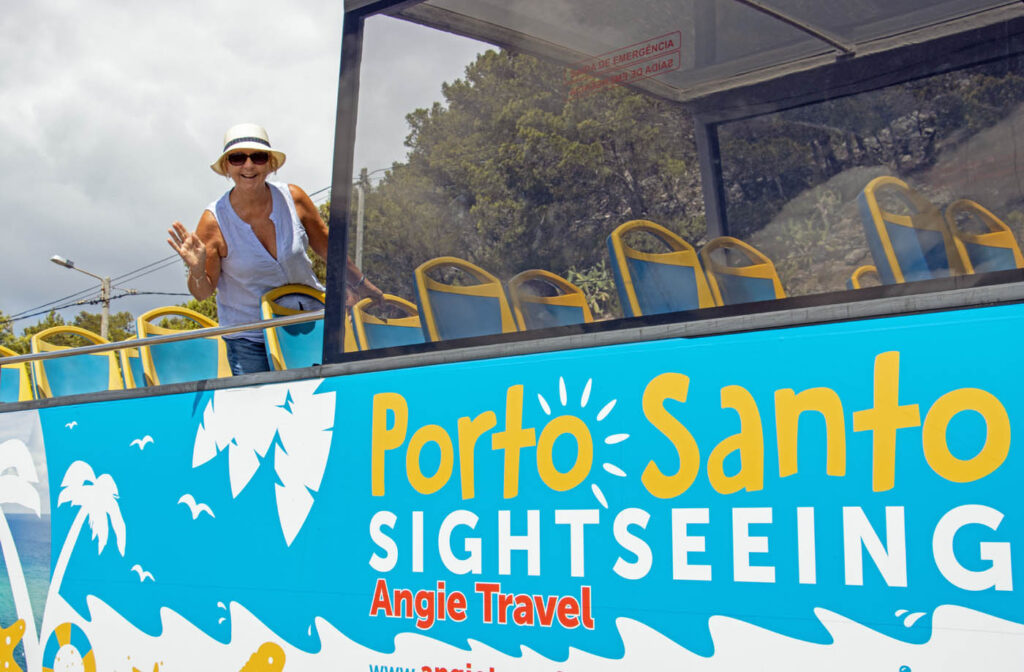
It was only 30 nautical miles from the harbour at Porto Santo to Quinta do Lorde on the eastern tip of Madeira. We made the most of the good weather, light winds and Jon’s help to practice some downwind sailing set ups. Once again the wind gusted up as we rounded the headland with northerly winds accelerating over the steep mountains of Madeira. Quinta do Lorde is a very pleasant marina that is part of a relatively newly built complex of hotel and holiday homes. The only problem is that it’s empty, there was no-one there, no shops, no bars, no restaurants, no life. Luckily we had brought food, beer and wine or we might have had a very miserable time. It does, however, sit on the spectacular São Lourenço Peninsula with magnificent volcanic cliffs eroded by the winds and waves. It reminded us of Cornwall. We also used the marina as a base to visit Funchal and its famous market, so that Jon, our marvellous crew, could get a better taste of the island before flying home to Cornwall.
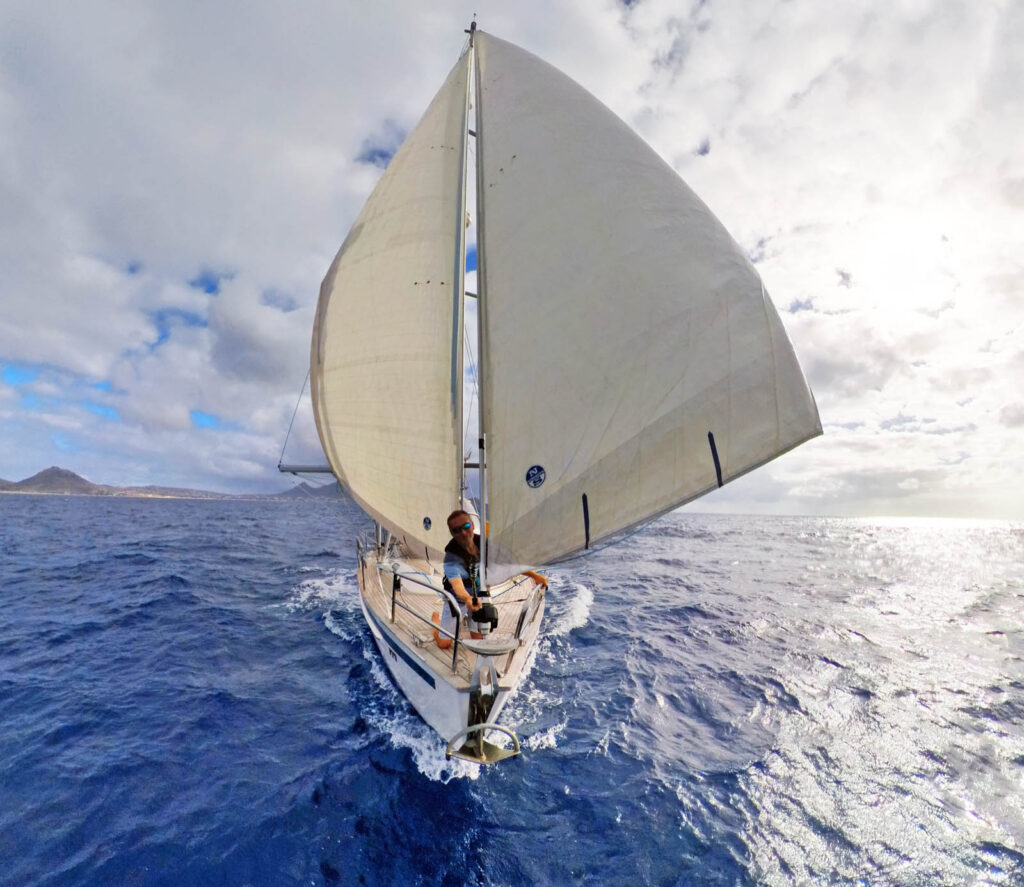
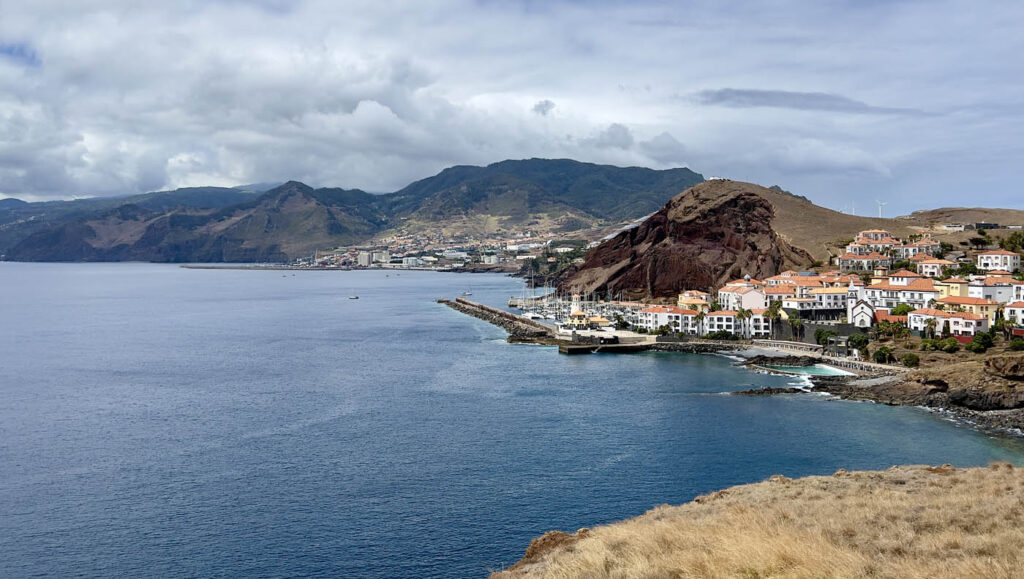
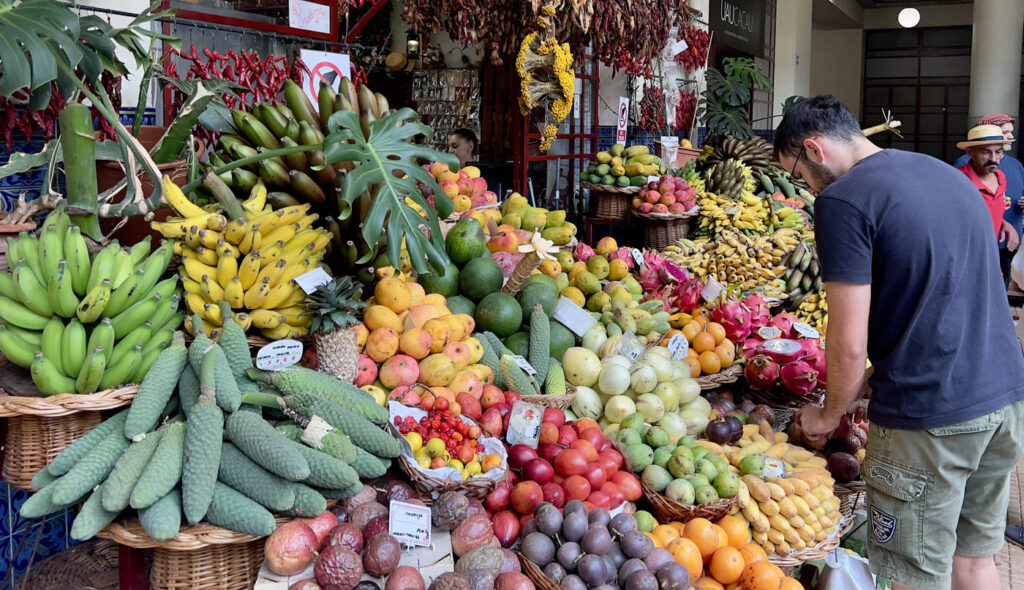
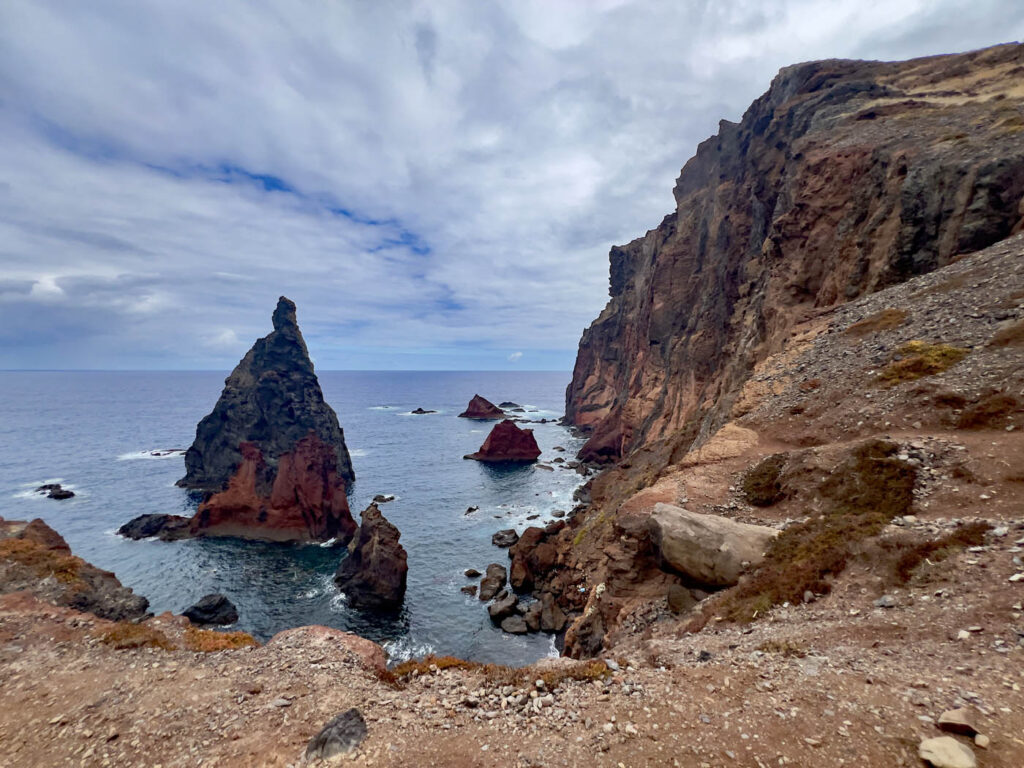
Having waved Jon off last week we decided to move to a harbour at the other end of the island as, sadly Funchal marina had no space for us. Being an island in the middle of the Atlantic Ocean it was inevitable that we would get some rain and we certainly did on our trip down the coast to Calheta. It became more apparent that Madeira is an island that has risen straight up out of the sea, with cliffs towering above the coastline and no natural beaches. The island has so little flat land that the airport runway had to be built on concrete stilts jutting out over the sea and it was impressive to see lots of sailing boats in dry dock under the runway.
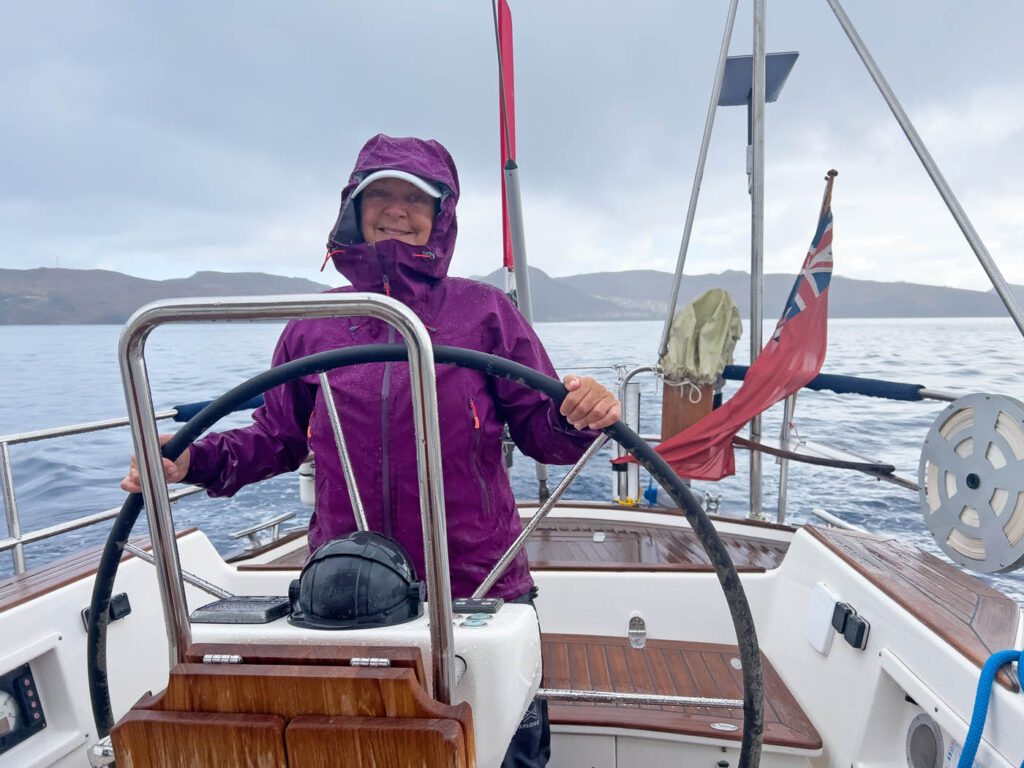
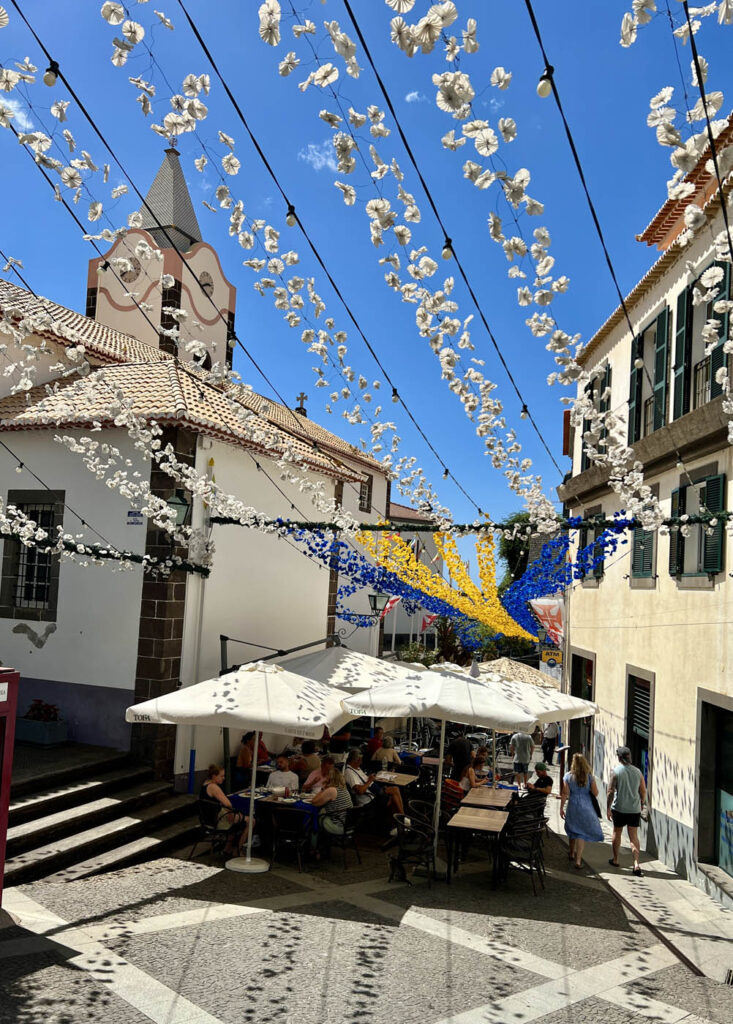
Happily the sun re-emerged and we headed off to explore the island and do some walking along the famous Levadas, a network of irrigation channels that criss-cross the mountainside. The roads here are very steep with 20% inclines that had our little Fiat hire car groaning in second gear as we ascended quickly from sea level to 1300m. As we did so the vegetation changed remarkably from terraces of banana trees to the steep gorges of indigenous Laurisilva forest – mahogany and laurel, interspersed with English oak, London plane and gum trees that filled the air with the heady scent of eucalyptus.
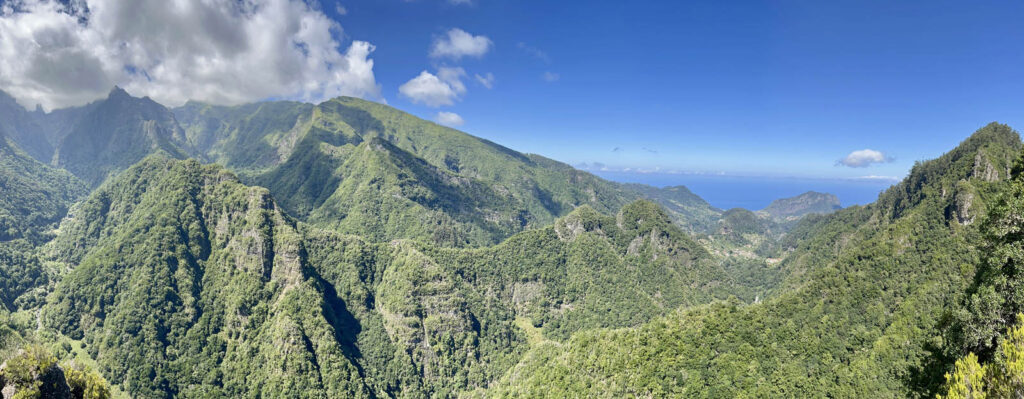
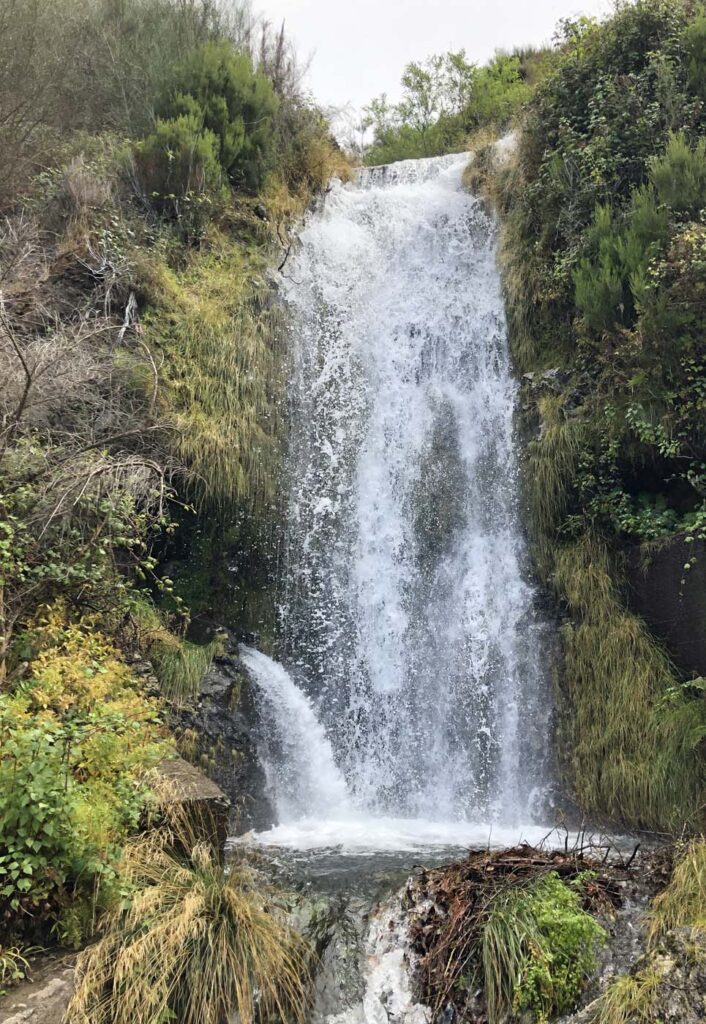
As we ascended higher we reached the Paul da Serra plateau. At 1420m we were driving across moorland enshrouded in dense mist where we walked around the forest station of Fanal with ancient gnarled stinkwood trees looming into vision. Our descent was to Ribero de Jenala on the north coast. Here the sun was shining but the winds were more than 40 mph and almost toppled me as we took pictures of the amazing natural rock formations and the many man-made cairns.
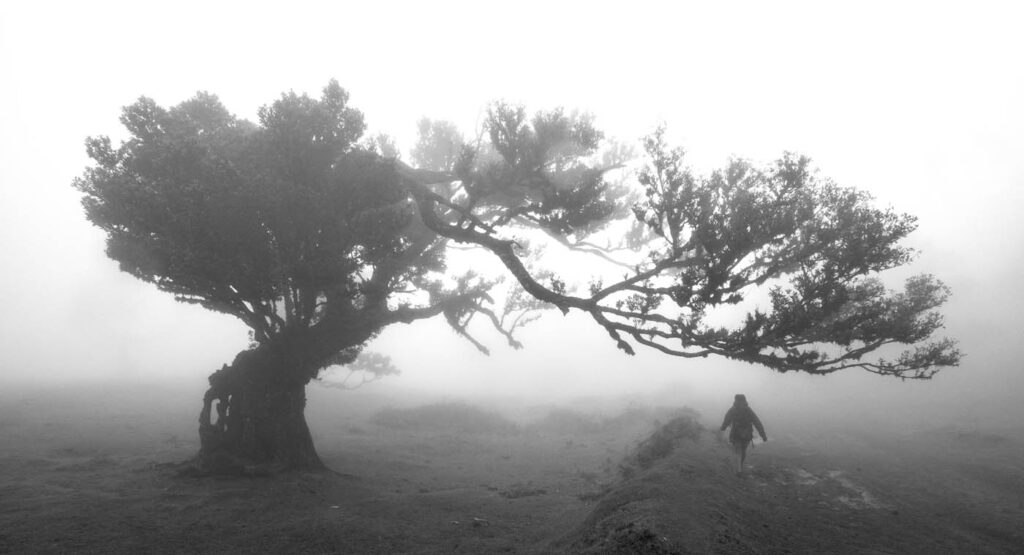
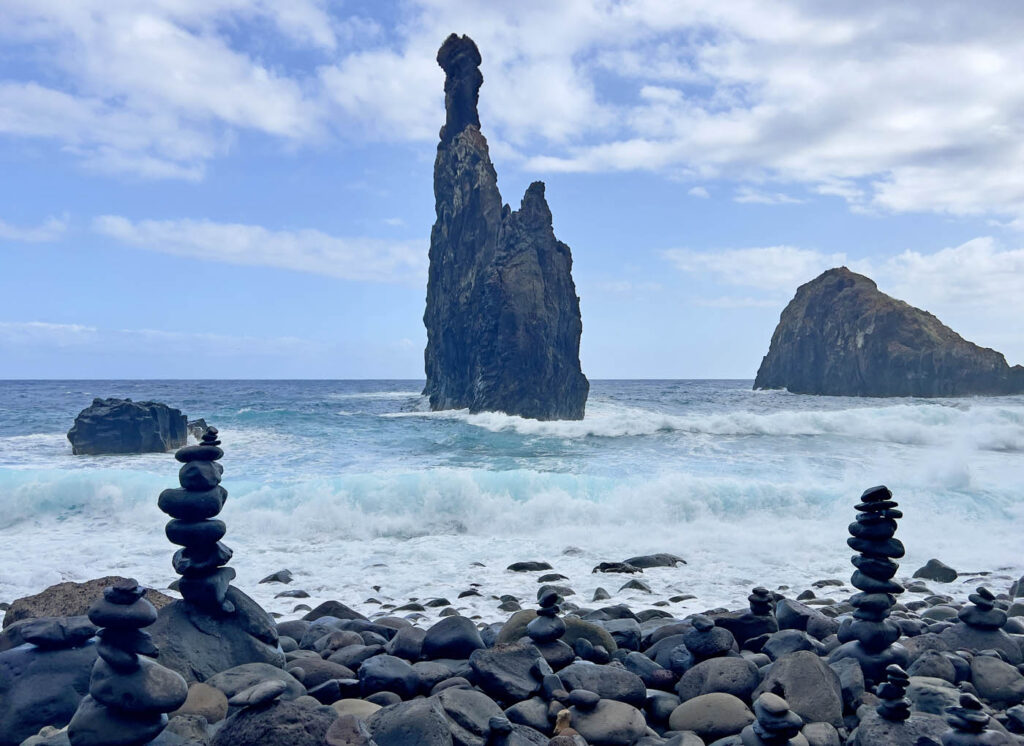
The gales have now subsided and, hopefully, the swell too. We have really enjoyed exploring this island of many contrasts but it’s time to move on. Tomorrow we depart on the next leg of our Atlantic crossing, 280 nautical miles to La Gomera in the Canaries.